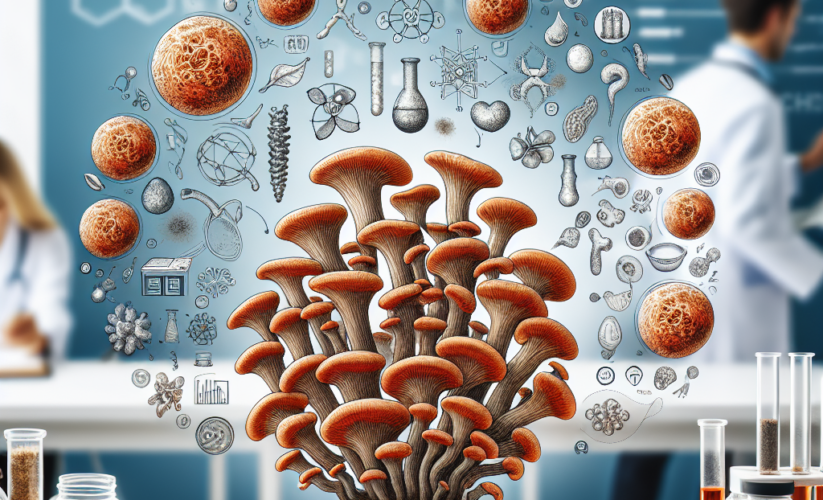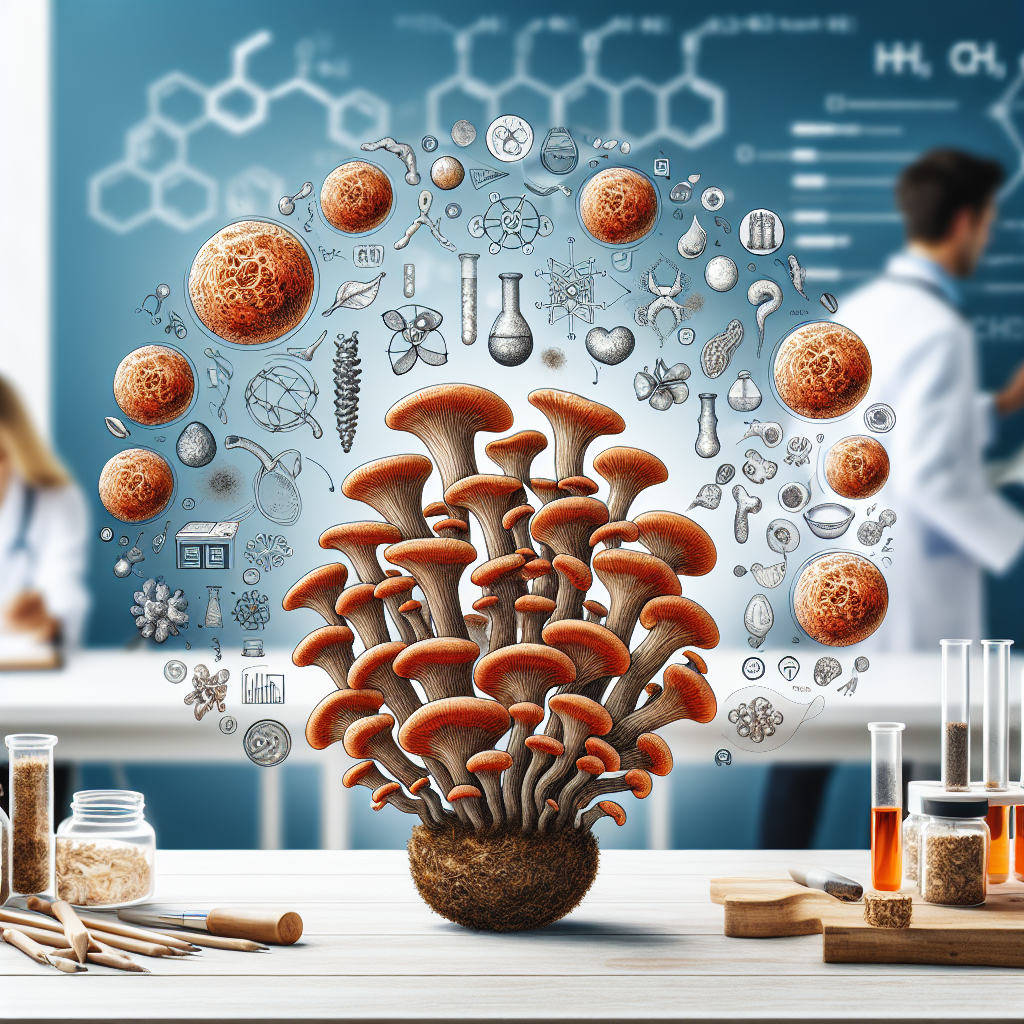
“Unlock the Secrets of Hornissenschimmel: 5 Proven Benefits”
Hornissenschimmel: Understanding This Unique Fungi
Hornissenschimmel, often referred to in English as hornet mold, is a fascinating organism that has garnered interest for its ecological role and unique properties. This article will provide a comprehensive overview of hornissenschimmel, including its characteristics, habitat, and the impact it has on its environment and human interactions.
The Characteristics of Hornissenschimmel
Hornissenschimmel is known for its distinct appearance and growth patterns. This mold type generally presents itself as a fuzzy or powdery surface, often found in damp environments where hornets frequent. The mycelium can vary in color, typically ranging from white to yellow, depending on the specific species and environmental factors. One notable characteristic of hornissenschimmel is its ability to thrive in both indoor and outdoor settings, often utilizing organic materials as a substrate for growth.

Growth Conditions and Habitat
Understanding the growth conditions of hornissenschimmel is essential for both ecological studies and practical applications. It flourishes in humid environments, allowing it to decompose organic matter efficiently. This decomposition process releases essential nutrients back into the soil, promoting a healthy ecosystem. Hornissenschimmel can be commonly found in forests, gardens, and sometimes even in urban areas where organic waste accumulates.
Life Cycle of Hornissenschimmel
The life cycle of hornissenschimmel begins with spores that are released into the environment. Once these spores land in a suitable moist substrate, they germinate and develop mycelium. This mycelial network expands, allowing the mold to absorb nutrients from the organic material surrounding it. After a period of growth, the mold will eventually produce fruiting bodies that release more spores, perpetuating the cycle. Understanding this cycle is crucial for managing and utilizing hornissenschimmel for beneficial purposes.
Ecological Importance of Hornissenschimmel
Hornissenschimmel plays a critical role in its habitat. By breaking down organic materials, it aids in nutrient cycling, contributing to soil health and plant growth. Additionally, this mold provides a food source for various organisms, including insects and small mammals, supporting biodiversity. The presence of hornissenschimmel in an ecosystem often indicates a rich and balanced environment.
Impact on Other Species
The interactions between hornissenschimmel and other species are quite dynamic. For example, the mold can often influence insect populations, particularly those that feed on decaying matter. These insects, in turn, support the growth of hornissenschimmel, creating a symbiotic relationship where both benefit from each other’s existence. The interconnectedness of these organisms demonstrates the complexity of ecological relationships in nature.
Human Interactions with Hornissenschimmel
While hornissenschimmel contributes positively to the environment, it can also pose challenges, particularly in agricultural settings. In certain conditions, the mold can thrive in crops, leading to reduced yields and financial losses for farmers. However, understanding its life cycle allows for better management practices to minimize its impact, such as implementing crop rotation and improving drainage in fields.
Practical Uses of Hornissenschimmel
Interestingly, hornissenschimmel has potential applications beyond its ecological role. Research has shown that certain species of mold in the hornissenschimmel category can be utilized in bioremediation, helping to clean up contaminated soils by breaking down pollutants. This capability positions hornissenschimmel as an essential player in sustainable environmental practices.
Case Study: Bioremediation with Hornissenschimmel
A notable case study demonstrated the use of hornissenschimmel in reclaiming a contaminated industrial site. By introducing this mold, researchers were able to accelerate the breakdown of hazardous materials present in the soil. Over several months, soil samples showed significant reductions in contamination levels, highlighting the effectiveness of using hornissenschimmel as a natural solution for environmental cleanup. This example illustrates the mold’s versatility and potential in ecological restoration efforts.
Future Research Directions
As interest in environmental conservation grows, so too does the need for research on organisms like hornissenschimmel. Ongoing studies aim to explore additional beneficial properties of this mold, including its potential uses in agriculture and medicine. As scientists uncover more about hornissenschimmel’s capabilities and applications, it may offer innovative solutions to contemporary environmental challenges.
Key Takeaways
- Hornissenschimmel is a vital component of healthy ecosystems, aiding in nutrient cycling and supporting biodiversity.
- It presents both benefits and challenges in agricultural practices, requiring effective management strategies.
- Research into hornissenschimmel’s potential applications in bioremediation and other fields is promising for future innovations.
FAQ
1. What is hornissenschimmel commonly found on?
Hornissenschimmel is commonly found on organic materials, including decaying wood, leaves, and other compostable waste. Its presence often indicates a rich nutrient environment conducive to growth.
2. Can hornissenschimmel be harmful to humans?
Generally, hornissenschimmel is not harmful to humans, though it can trigger allergies in sensitive individuals. It’s important to maintain clean environments to minimize exposure in residential areas.
3. What are the best conditions for hornissenschimmel growth?
Hornissenschimmel thrives in damp, humid environments with ample organic matter. Ensuring good moisture retention and organic waste accumulation can promote its growth effectively.
4. How can hornissenschimmel benefit agriculture?
In agriculture, hornissenschimmel can contribute to soil health by breaking down organic materials, making nutrients more available to plants. Utilizing this mold in composting practices can enhance nutrient cycling.
5. Is there ongoing research on hornissenschimmel?
Yes, research continues to explore the various applications of hornissenschimmel, particularly in bioremediation and sustainable agriculture. Studies are aimed at understanding its full potential in restoring contaminated environments.